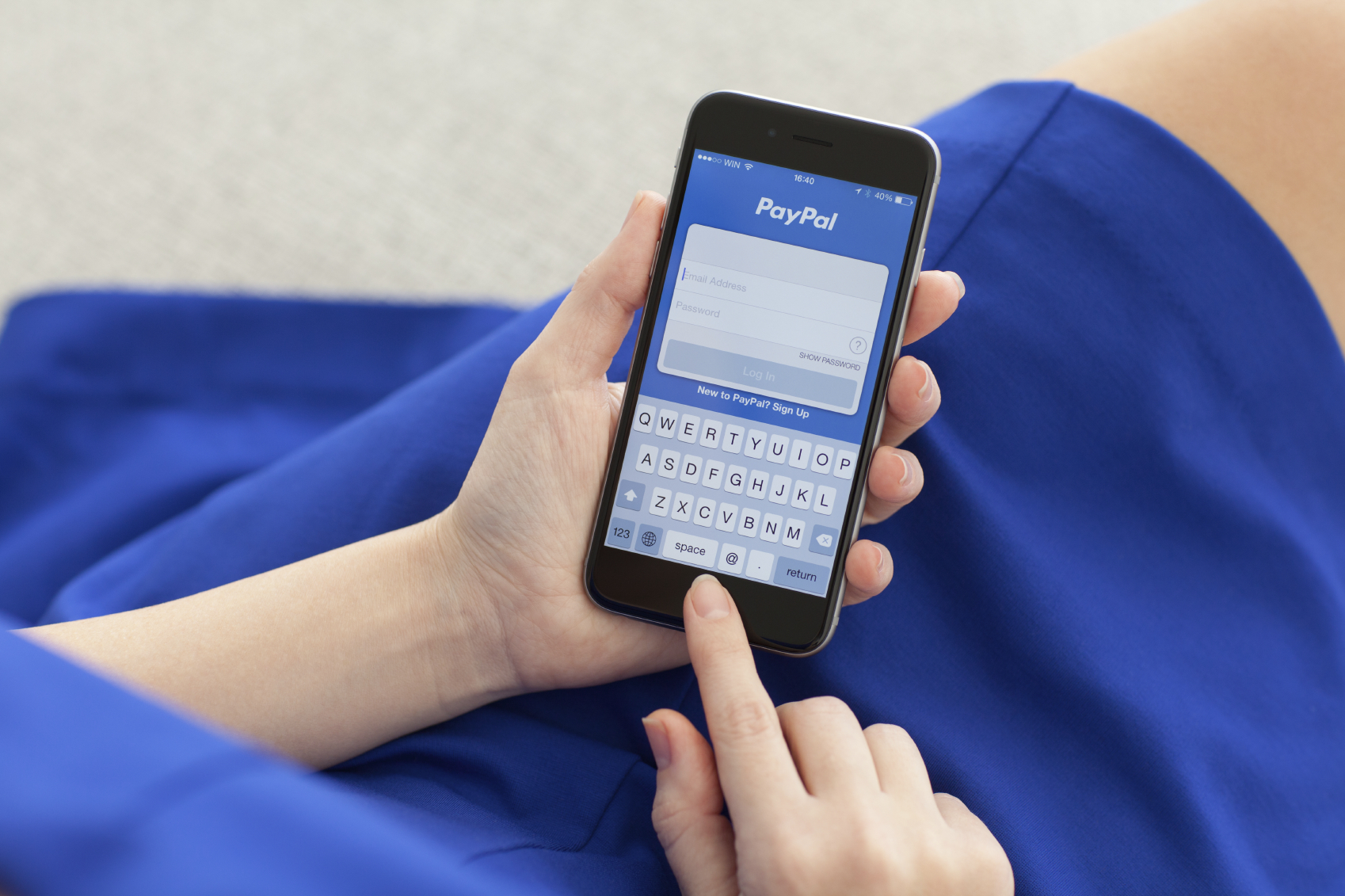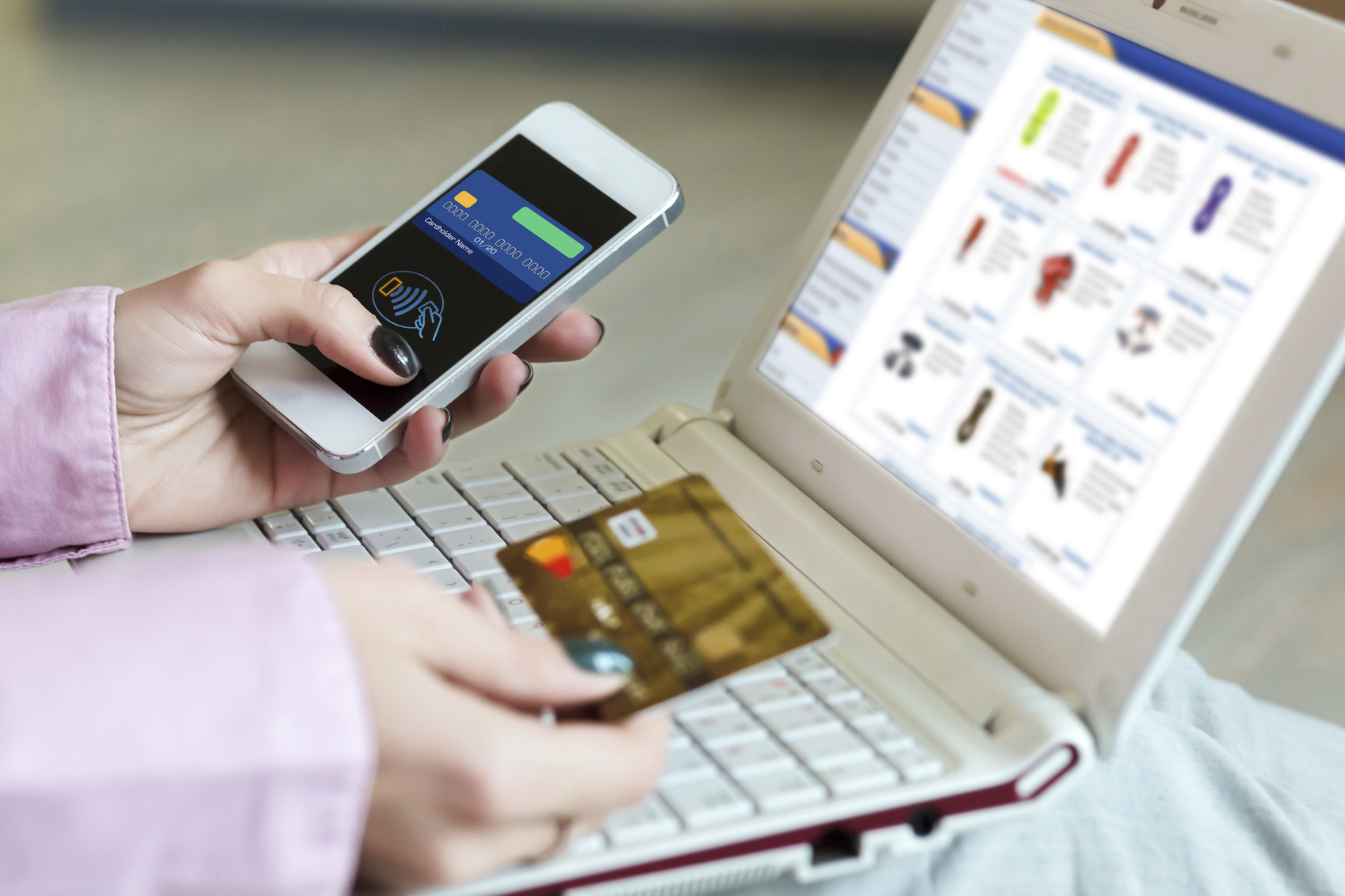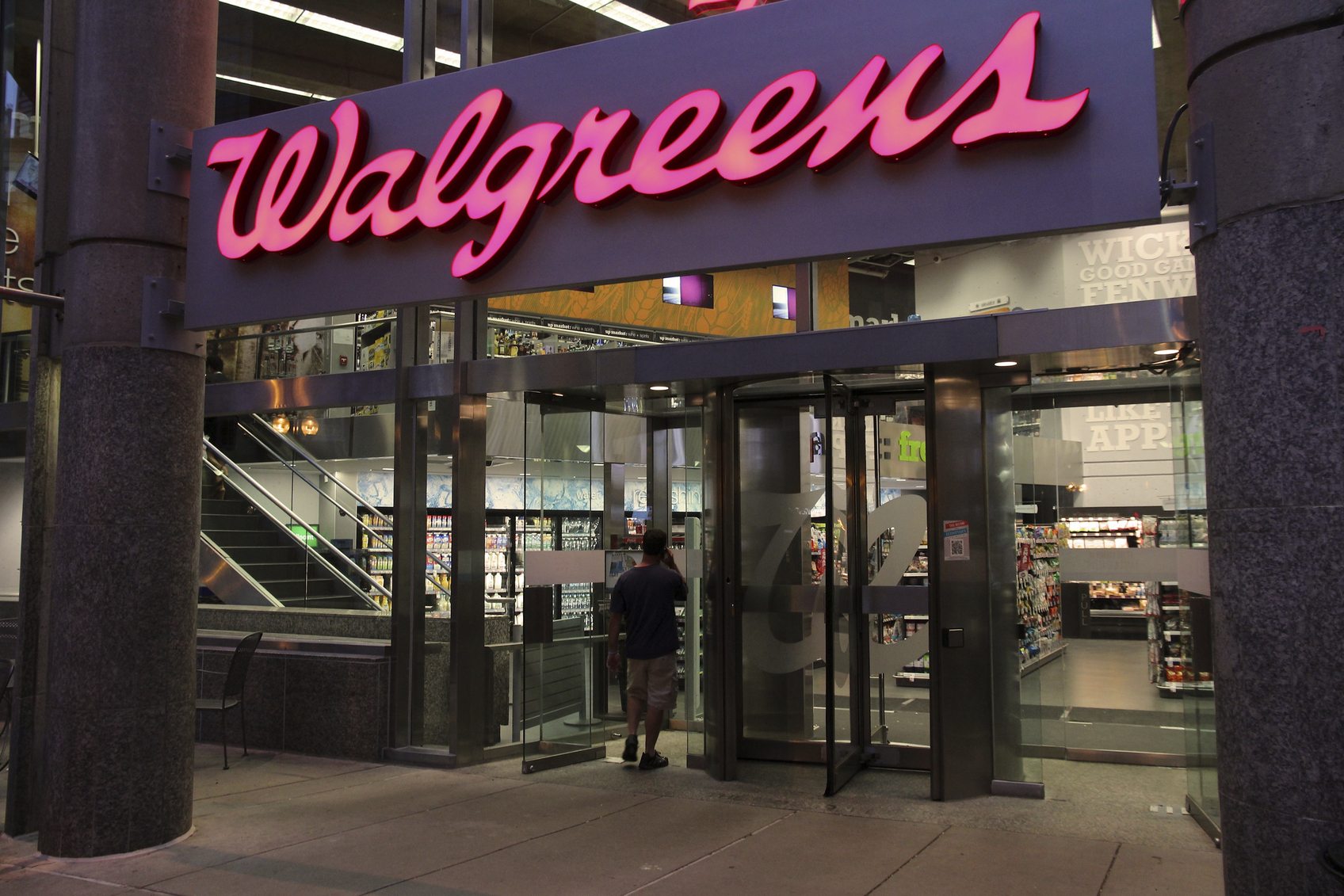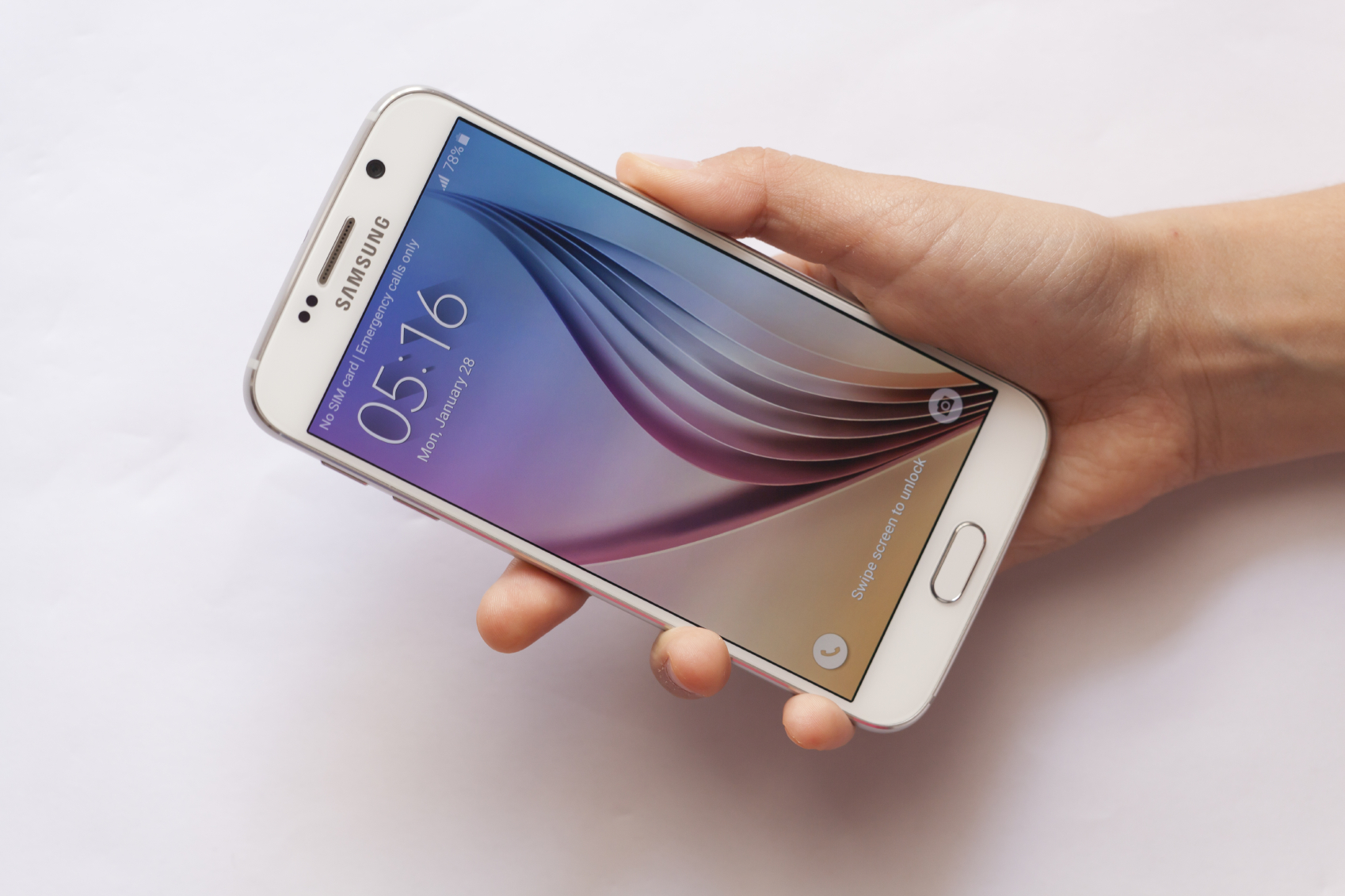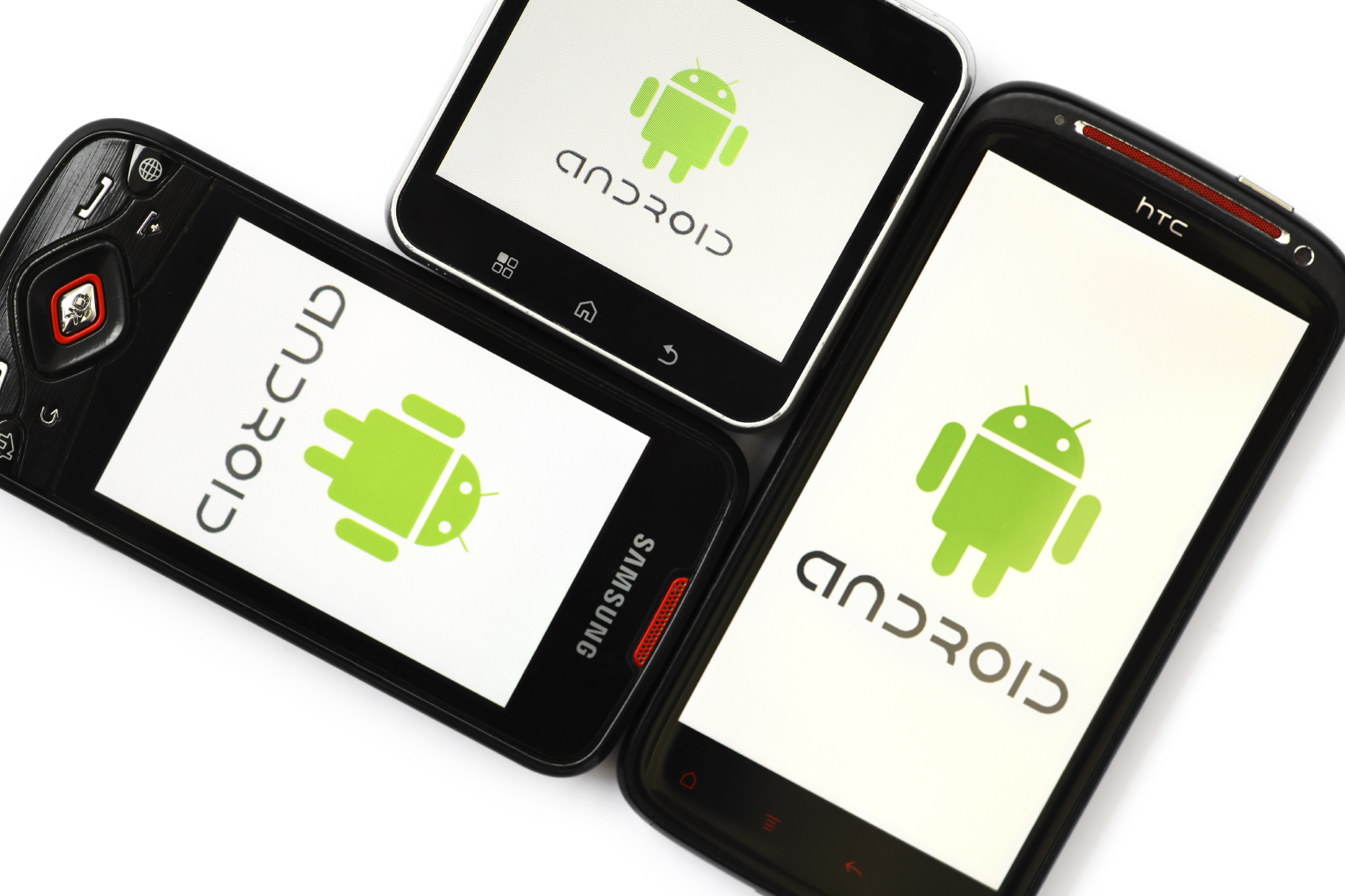What Happened
On Tuesday, PayPal announced that it is teaming up with Google’s mobile payments platform Android Pay to expand its footprint both within mobile applications as well as at brick-and-mortar retailers. The partnership will allow PayPal users in the U.S. to activate their PayPal accounts in Android Pay and use it online, in apps, and in physical stores. This means Android users will soon be able to pay via PayPal for things like Uber as well as at retail partners such as Walgreens, Dunkin Donuts, and Subway.
What Brands Need To Do
As one of the most popular digital wallet services in the world, PayPal boasts nearly 200 million active customer accounts and about 15 million active merchant accounts. This partnership should further help expand the mobile usage of PayPal via Android Pay, as it offers a workaround to users who are hesitant to link up their credit or debit cards to mobile payments due to privacy or security concerns. For brands, the continued expansion of mobile payment will continue to simply the ecommerce and in-store check-out experience while also providing brands, particularly retailers, with a chance to integrate their loyalty programs into the process.
Source: Engadget
